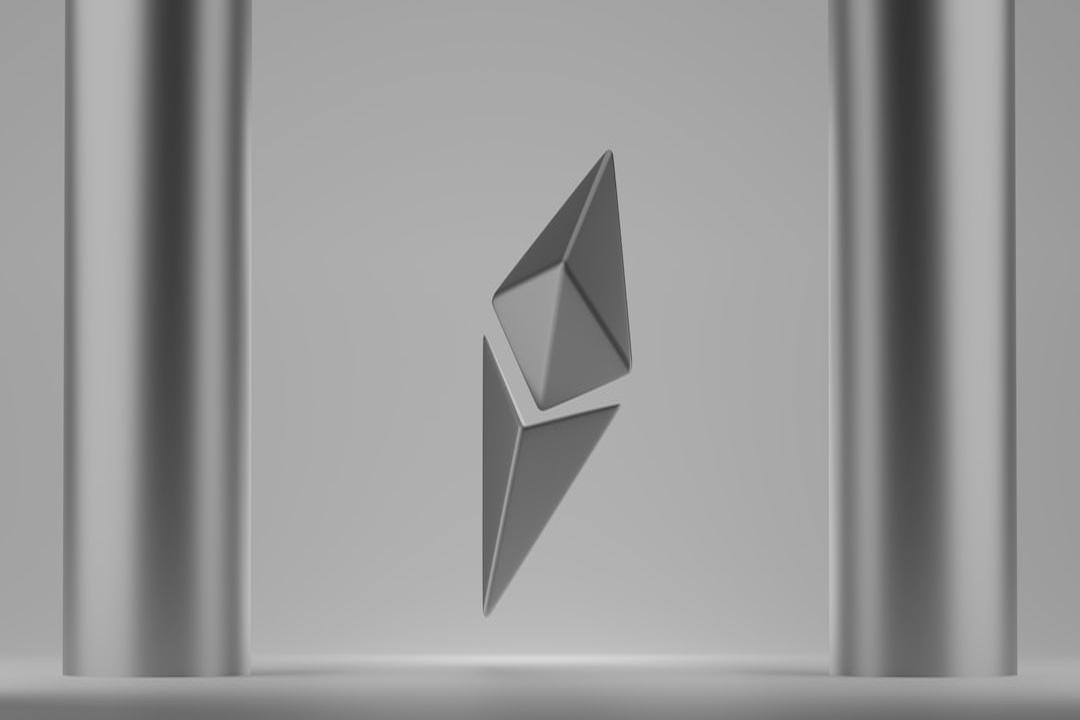Title: Sonic SVM: Solana’s Revolutionary L2 Solution for Game Chains
Author: Jason Chen, Independent Researcher
Source: X, @jason_chen998
Despite the founder of Solana previously expressing a lack of interest in Layer 2 solutions, the Solana community takes pride in their unity and aims to avoid the fragmented competition seen in Ethereum’s L2 space. However, Solana has recently embraced the need for L2 scalability, as evident in the significant events that have transpired.
Last September, the founder of MakerDAO announced the development of an application chain based on Solana, marking a significant milestone for the network. Following suit, projects like PYTH have also utilized Solana to launch their own chains. It is important to note that these projects are based on forked versions of Solana’s code and do not truly extend the capabilities of the network. Despite the dual-client support, Solana still grapples with the issue of potential downtime.
L2 solutions are currently regarded as the most effective way to expand Solana and generate network effects. Therefore, Solana has had to embrace the concept of Layer 2 scaling. The “OP Stack” version of Solana’s Sonic SVM, the first atomic Layer 2 chain, has recently secured $12 million in funding with the support of Solana. Atomicity, in this context, refers to the quick synchronization between L2 and the Solana mainnet, allowing developers to access real-time state and data without the need for redundant contract deployments. For example, game developers can issue assets on the Solana mainnet while running their game logic on the Sonic L2, benefiting from the security of the mainnet and the performance of L2.
Sonic is the game chain L2 solution built on Solana and is developed by @joinmirrorworld, a Web3 game engine platform that has been in operation for three years. Sonic packages its own capabilities in a stack format, allowing third parties to easily launch their own chains on Solana. Therefore, Sonic holds a crucial position in Solana’s “OP Stack.” Prominent games like Lumiterra have chosen to build their projects on top of Sonic, making it a self-sustaining and highly sought-after solution, unlike many other infrastructures that rely on external factors for success.
It is worth noting that Sonic’s approach differs from the direct forking of Solana’s code by projects like PYTH and MakerDAO. Sonic utilizes the HyperGrid framework to develop Layer 2 solutions based on Solana, where the final consensus is still executed by Solana. This allows Sonic to extend Solana’s capabilities as a Layer 2 solution while maintaining a strong connection to the Solana ecosystem.
SVM, Solana’s network for processing transactions and executing smart contracts, differentiates itself from Ethereum’s EVM in two main aspects. SVM is multi-threaded and allows for individual gas allocation for each smart contract, unlike Ethereum, which follows a unified gas fee for all network activities. These characteristics contribute to the high performance and low fees of Solana, which are sufficient for most projects. However, for leading projects with a large user base and high traffic, gas fees become a valuable source of revenue. In such cases, these projects question why they should contribute their significant gas income to Solana, Ethereum, or other public chains when users are attracted to their projects, not the underlying blockchain. Therefore, it is reasonable for these projects to establish their own chains to capture gas fees, while still maintaining a connection to their growth ecosystem. This is where Layer 2 solutions, like Sonic, offer a win-win solution for both parties.
In addition, leading projects also require higher customizability, increased TPS, and a chain launch to boost valuation. Currently, projects within the Solana ecosystem, such as getCode, Grass, Zeta, and Sphere, are constructing Solana’s side chains or L2 solutions in various ways. Therefore, considering these requirements and the current landscape, Solana has no choice but to embrace Layer 2 solutions. Sonic has taken on the mission of expanding Solana’s capabilities while also supporting EVM.
The HyperGrid framework, developed using CosmosSDK, is comparable to OP’s SuperChain in terms of structure. Each Grid acts as a semi-autonomous mini blockchain, facilitating user interactions within the corresponding grid. After executing actions such as EVM/SVM execution, account data changes, and transaction processing within the grid, the results are then packaged by HyperGrid nodes and sent to the Solana main chain.
In the recent funding announcement, Sonic received support from major Solana player Galaxy Digital, as well as European investors BITKRAFT. Although BITKRAFT may not be widely recognized, it is considered one of the most active game-focused venture capital firms in the crypto space, with over $1 billion in total assets under management. Their third game fund alone amounts to $275 million and includes investments in projects such as YGG and IMX. Other participants, including OKX and Big Brain, have also shown interest. Notably, Solana, Jupiter, and Superteam are among the core contributors. Having known the founder @Chrizhuu for two years and having had multiple offline meetings and conversations with him, as well as interactions with other founding members like Jialin and Robinn, I can attest to the team’s dedication and seriousness.
Furthermore, Sonic will soon embark on a series of Odyssey events, making it a project worth keeping an eye on.

